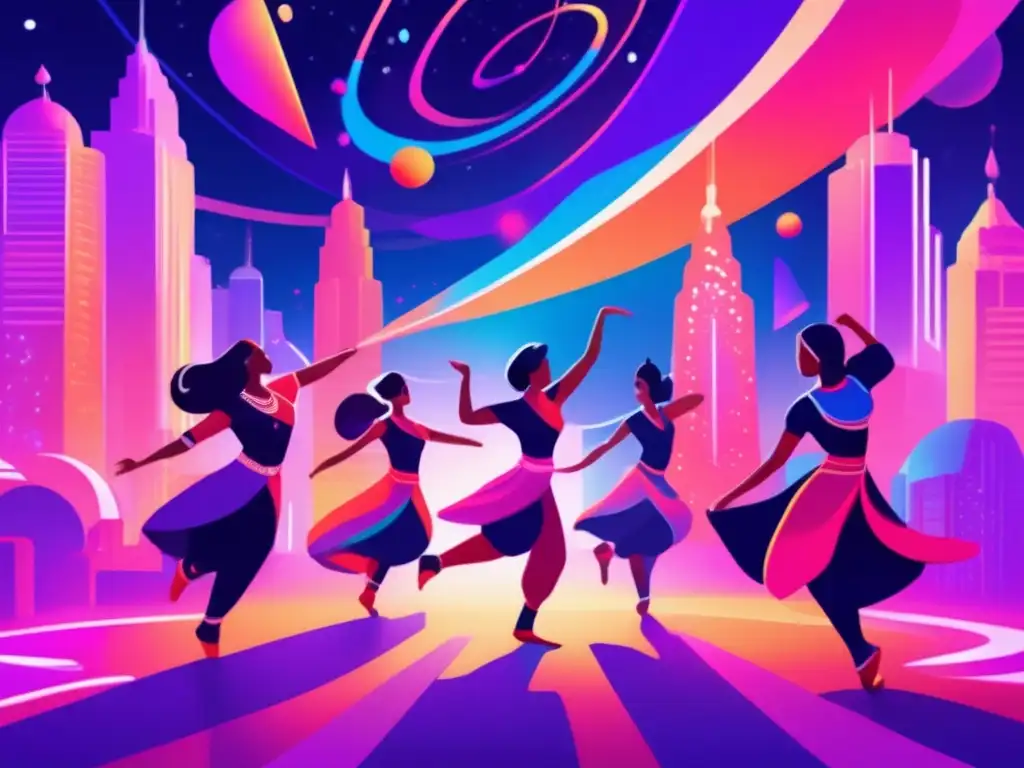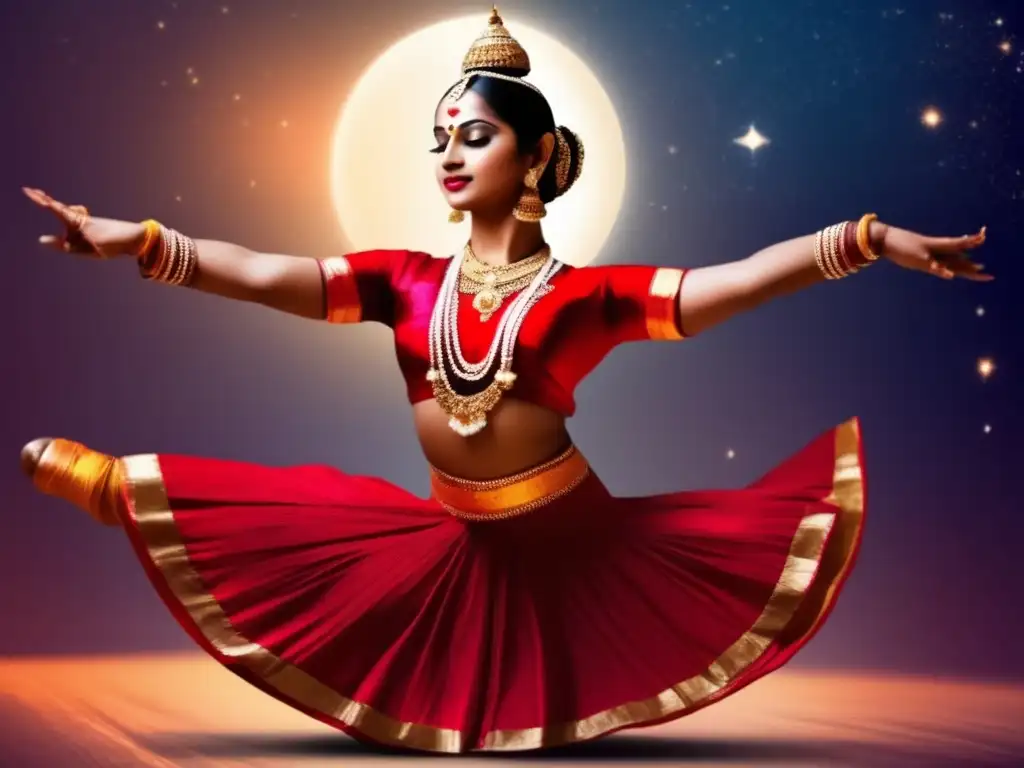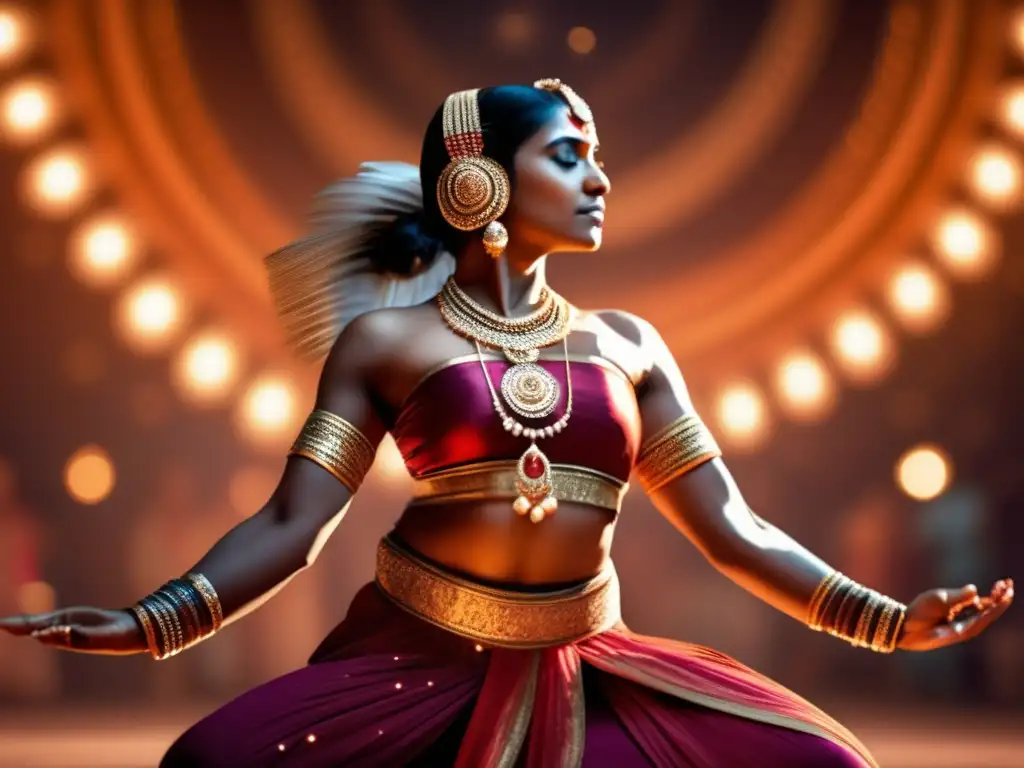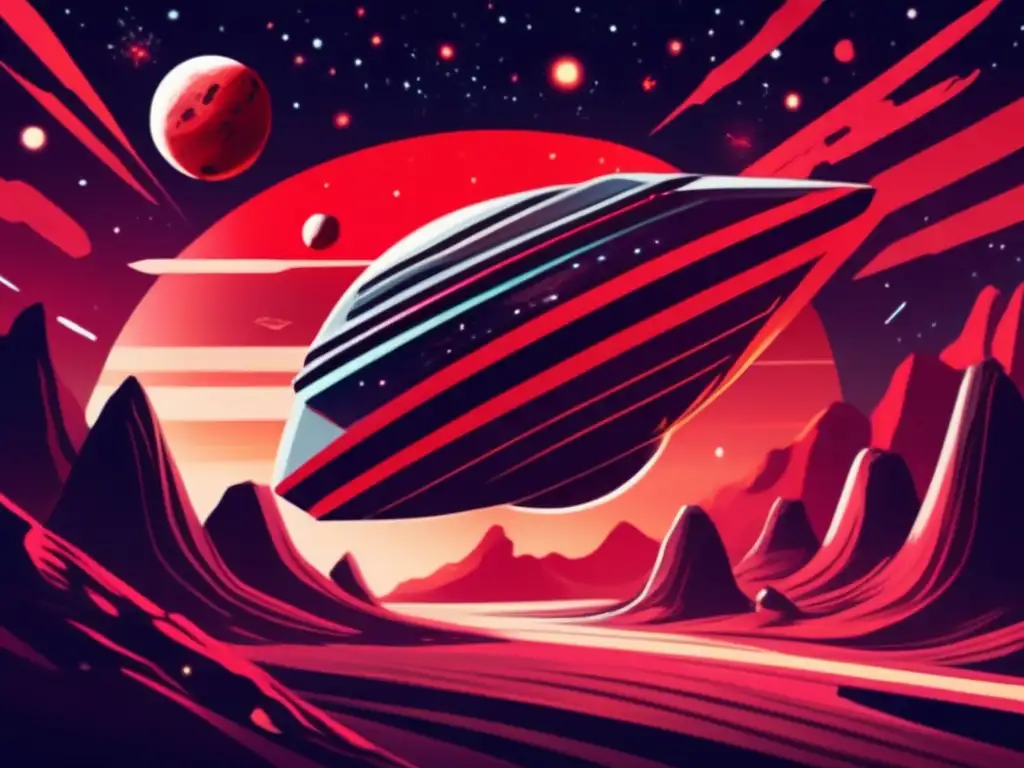The Heavenly Dance: Asteroids In Classical Indian Dance

Introduction
Since ancient times, asteroids have been considered important celestial bodies with immense significance. From Greek and Roman mythology to Hindu beliefs, many cultures have integrated asteroids into their mythologies, legends, and traditions. In the Indian subcontinent, classical dance forms such as Bharatanatyam, Kathak, and Mohiniyattam incorporate the symbolism of asteroids into their performances, adding to their cultural importance beyond scientific knowledge.
Asteroids in Indian Mythology

In Hinduism, navagrahas are nine celestial bodies that hold great significance in astrology and mythology. These include the Sun, Moon, Mars, Mercury, Jupiter, Venus, Saturn, Rahu, and Ketu. While not all of them are asteroids, they are invoked within the context of asteroid mythology.
The Connection to Planetary Deities
Planetary deities are an integral part of Hinduism, and the depiction and representation of these deities often include reference to the associated celestial body. For example, the god Shani, or Saturn, is depicted with a ring around his right foot, symbolizing the planet's rings. Similarly, the goddess Lakshmi is associated with the planet Venus, which is also known as Shukra in Hindu astrology.
Asteroid Symbolism in Indian Classical Dance Forms

The Use of Hastas
Hastas are hand gestures used in classical Indian dance forms to convey emotions, ideas, and characters. When performing dance pieces that involve the astral deities, the hastas used may represent the celestial bodies associated with them. For example, the "bhramara hasta," or the bee gesture, is used to show the association with Mercury, where the thumb and little finger represent the wings of a bee, indicating swiftness, intelligence, and wit.
In classical dance forms such as Bharatanatyam, the Navagrahas are depicted through dance movements, gestures, and expressions. The dancers use body language to convey the characteristics and attributes associated with each celestial body while adding grace and beauty to the performances.
Asteroids and Spiritual Significance

The Connection to Chakras
In Hinduism, there are seven chakras, or energy centers, located along the spinal cord. These chakras correspond to different aspects of life, such as physical health, emotional well-being, and spiritual growth. Each chakra is related to a celestial body, including the earth, the moon, the sun, and the asteroids. For example, the fourth chakra, known as the heart chakra, is associated with the asteroid belt and represents balance, compassion, and love.
The Importance of Rituals
In Hinduism, rituals play a significant role in connecting with the divine. Many rituals involve invoking celestial bodies for their blessings and invoking their energy to bring prosperity, success, and happiness. The importance of these rituals highlights the connection between the celestial and the terrestrial and emphasizes the significance of asteroids in Hindu tradition.
Frequently Asked Questions

-
What are hastas, and how are they used in classical Indian dance?
Hastas are hand gestures used in classical Indian dance to convey emotions, ideas, and characters. When performing dance pieces that involve astral deities, the hastas used may represent the celestial bodies associated with them.
-
What is the significance of chakras in Hinduism?
Chakras are energy centers located along the spinal cord that correspond to different aspects of life. Each chakra is related to a celestial body, including the earth, the moon, the sun, and the asteroids.
-
What role do navagrahas play in Hindu mythology?
Navagrahas are nine celestial bodies that hold great significance in astrology and mythology. These include the Sun, Moon, Mars, Mercury, Jupiter, Venus, Saturn, Rahu, and Ketu.
-
What is the connection between planetary deities and asteroids?
Planetary deities are an integral part of Hinduism, and the depiction and representation of these deities often include references to the associated celestial body, including asteroids.
-
What is the relationship between rituals and asteroids in Hindu tradition?
Rituals play a significant role in connecting with the divine in Hinduism. Many rituals involve invoking celestial bodies for their blessings and invoking their energy to bring prosperity, success, and happiness, highlighting the significance of asteroids in Hindu tradition.
Conclusion
The symbolism of asteroids in classical Indian dance forms adds to their cultural importance beyond scientific knowledge. Through hastas, dance movements, and rituals, asteroids have been integrated into Hindu tradition and mythology. To understand their full significance, it's essential to delve deeper into their cultural meanings in addition to their scientific properties.
We encourage readers to share their thoughts and perspectives in the comments section and to explore more articles on www.asteroidrealm.com to expand their knowledge of asteroids.
Additional Resources

- Navagrahas - Hinduwebsite.com
- Asteroids and Chakras - Namah Journal
- Importance of Navagrahas - Shree Lakshmi Travels
 Falling Stars Or Gods? The Role Of Asteroids In Ancient Mythology
Falling Stars Or Gods? The Role Of Asteroids In Ancient Mythology The Whispering Stars: Asteroids In Finnish Folktales
The Whispering Stars: Asteroids In Finnish Folktales Harbingers Of Doom: Asteroids In Prophecy And Legend
Harbingers Of Doom: Asteroids In Prophecy And LegendIf you want to discover more articles similar to The Heavenly Dance: Asteroids In Classical Indian Dance, you can visit the Asteroid Mythology category.
Leave a Reply

Articulos relacionados: